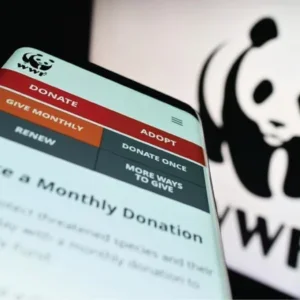THE GRAND OPENING of Ecco’s model tannery and laboratory, which will play a crucial part in the EU Restorm project’s closed loop tannery research programme, took place on May 13. The brand new ECCO Leather BV Research and Development Centre is located in Dongen in Southern Holland and forms part of the Corle tannery complex which Ecco took over in January 2001.
With what is probably the most complete and modern research and leather development centre in the world, Ecco will now be able to develop leather materials to set new standards, both in relation to quality and comfort and, just as importantly, in relation to the development of more environmentally friendly production methods.
Ecco acquired the tannery complex to support their strategy of owning the entire process from ‘cow to shoe’. This is only possible with control of the raw materials and the processing of raw hides to wet-blue.
Ecco now have four tanneries: in Thailand, Portugal, Indonesia and Holland, allowing them to become more than self-sufficient for their needs as a world class footwear manufacturer. This has allowed them to become suppliers to the automotive and furniture industries, among others.
In fact, Ecco are courting rival footwear manufacturers because Karl Toosbuy, their founder, believes that in supplying competitors with the stature of, say, Clarks or Marks & Spencer, he would find them among his fiercest critics and the best form of outside quality control a company could have.
In 2003, the Ecco leather production in Holland will be so immense that it will be one of the five largest tanneries in Europe. The company will buy a large part of their raw hides in western European markets and are looking for consistency across all their plants.
However, after three years of BSE and foot and mouth disease, a large number of restrictions have been introduced concerning raw hide transport to Asia. Their solution is to undertake the wet-blueing before onward shipment to their Asian tanneries.
Furthermore, the tannery in Corle has strengthened the co-operation that Ecco have with their raw hide suppliers. By moving geographically closer to their source of supplies they benefit from shorter delivery times, enabling a faster feedback on raw hide quality.
As part of the complex, Ecco built a new finishing plant for Unico in order to relocate them within the complex. This is intended as a long term business relationship and, with Unico planning to enter the extremely competitive world of automotive leathers, Ecco are hopeful of increasing their supply of wet-blue to the sector.
The Dongen site covers 1,750 sq m and has the capacity to produce in the region of 350,000 sq ft of leather from the wet-blue annually. All new leathers and the new seasonal ranges will be developed there, providing advanced leather concepts for Ecco and their customers. Eventually 25% of all leather made in the company’s tanneries will be sold externally.
Last year Ecco invested around €23 million
* €1.2 million improving working conditions: more light, new ventilation system, new offices etc
* €700,000 improvements of environmental areas (mainly preliminary studies)
* €3 million for new buildings
* €5 million for the research and development centre






